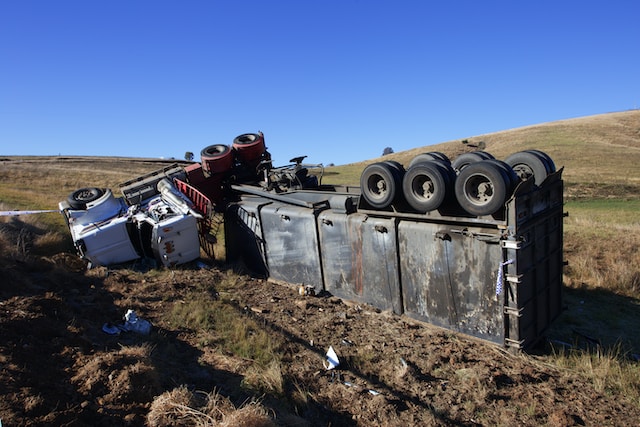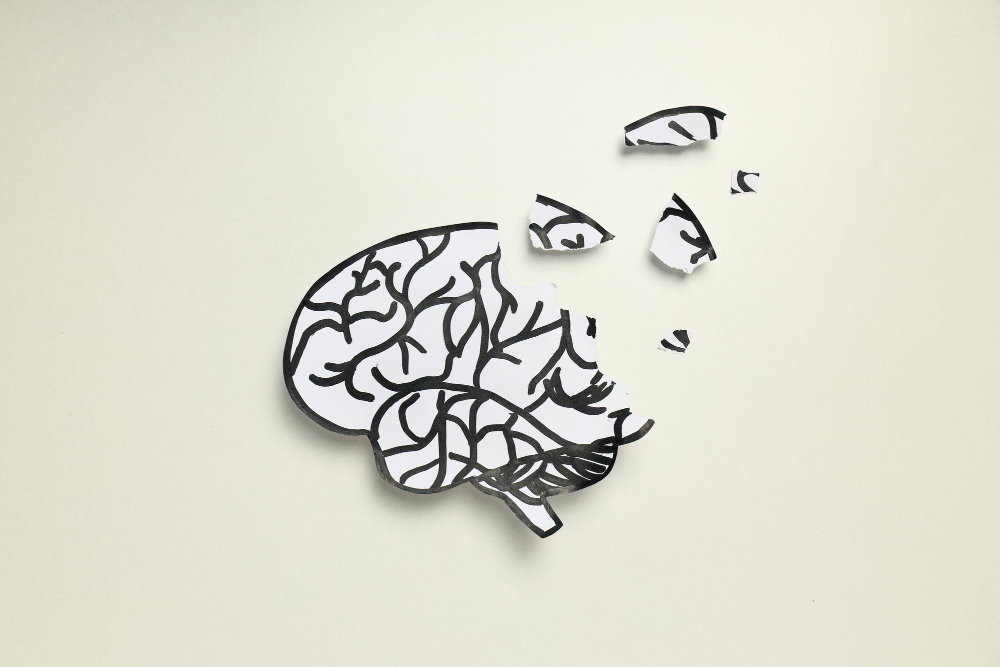CRPS
Complex regional pain syndrome (CRPS) is a chronic pain condition that can develop after an injury or surgery, particularly in the arms or legs. The condition is also known as reflex sympathetic dystrophy (RSD) and causalgia. CRPS is a complex and poorly understood condition, which can make it difficult for patients to receive proper treatment and compensation for their injuries. If you or a loved one has been diagnosed with CRPS following an accident, it is important to seek the advice of an experienced personal injury attorney.
Common Symptoms of CRPS
- Pain: CRPS is characterized by severe, persistent pain that is disproportionate to the initial injury or trauma. The pain is often described as burning, throbbing, or shooting and may worsen over time. Approximately 90% of CRPS patients experience continuous, chronic pain.
- Sensory Changes: CRPS can cause sensory disturbances in the affected limb. These changes may include hypersensitivity to touch (allodynia), increased sensitivity to temperature changes, and alterations in perception such as abnormal cold or heat sensations.
- Swelling and Changes in Skin Appearance: Many individuals with CRPS experience swelling in the affected limb, as well as changes in skin color and temperature. The skin may appear red or blotchy and can become shiny, thin, or excessively sweaty.
- Motor Dysfunction: CRPS can lead to motor dysfunction, affecting movement and coordination. Symptoms may include muscle weakness, muscle spasms, and difficulty performing fine motor tasks with the affected limb.
- Autonomic Dysregulation: CRPS can also affect the autonomic nervous system, leading to symptoms such as changes in blood flow, abnormal sweating patterns, and temperature fluctuations in the affected limb. These symptoms may result in cold or hot extremities.
These symptoms can be disabling and can make it difficult for individuals to perform daily activities or return to work. CRPS can also lead to depression, anxiety, and other psychological issues as patients struggle to cope with their condition.
What causes CRPS?
The exact cause of CRPS is not well understood, but it is thought to be related to an abnormal response by the sympathetic nervous system after an injury or surgery. This abnormal response can cause inflammation, pain, and other symptoms that can persist long after the initial injury has healed. It is believed to result from a combination of various factors. These factors may include:
- Nerve Dysfunction: CRPS is thought to involve dysfunction in the peripheral and central nervous systems. Following an injury, there may be an abnormal response or malfunctioning of the nerves involved in transmitting pain signals.
- Inflammation: Inflammatory responses triggered by the injury may play a role in CRPS. The release of inflammatory substances in the affected area can lead to pain, swelling, and changes in blood flow.
- Abnormal Sympathetic Nervous System Activity: The sympathetic nervous system, responsible for controlling various involuntary body functions, may exhibit abnormal activity in CRPS. This can contribute to changes in blood flow, temperature, and skin color in the affected limb.
- Genetic Predisposition: There might be a genetic predisposition for developing CRPS. Certain individuals may have a higher susceptibility to the condition due to their genetic makeup, although specific genes associated with CRPS have not been definitively identified.
- Psychological and Emotional Factors: Psychological factors such as stress, anxiety, and depression can potentially influence the experience and severity of CRPS symptoms. Emotional stress may also contribute to the development or worsening of the condition.
CRPS can related back to any accidents or injuries if it involves the following:
- Trauma and Nerve Injury: During a car accident, individuals may experience trauma, such as fractures, sprains, or soft tissue damage. The impact and force involved in the accident can cause direct injury to nerves in the affected limb. Nerve damage or dysfunction is thought to be a significant factor in the development of CRPS.
- Inflammatory Response: Following any accident, the body initiates an inflammatory response to heal injured tissues. However, in some cases, the inflammatory response may become excessive or prolonged, leading to chronic inflammation. This inflammation can contribute to the development of CRPS symptoms.
- Sympathetic Nervous System Involvement: The sympathetic nervous system, which controls various involuntary functions in the body, may become dysregulated after a fall. This dysregulation can lead to abnormal blood flow, temperature changes, and alterations in skin color and sweating in the affected limb, all of which are characteristic features of CRPS.
- Central Sensitization: Car accidents, falls, trauma and any resulting injuries can cause changes in the central nervous system’s pain processing. This phenomenon, known as central sensitization, can lead to an amplified and prolonged pain response. Central sensitization is believed to play a role in the development and persistence of CRPS symptoms.
Diagnosis of CRPS can be difficult, as there is no specific test for the condition, the diagnosis relies on a combination of subjective and objective assessments. Physicians will typically rely on a combination of physical exams, medical history, and imaging studies to make a diagnosis. Here are some of the commonly used tests and assessments in the diagnostic process for CRPS:
Physical Examination: Doctors will perform a thorough physical examination to assess the signs and symptoms associated with CRPS. This may include assessing the affected limb for changes in temperature, skin color, swelling, and sensitivity to touch.
Medical History: Gathering a detailed medical history is crucial in diagnosing CRPS. The doctor will ask about the onset and progression of symptoms, previous injuries or trauma, and any other relevant medical conditions.
Imaging Studies: X-rays, magnetic resonance imaging (MRI), or bone scans may be ordered to rule out other conditions and assess for potential bone abnormalities, joint damage, or soft tissue changes that can be associated with CRPS.
Thermography: Thermography is a non-invasive imaging technique that measures skin temperature. It can help identify temperature asymmetry or abnormal patterns in the affected limb, which may be indicative of CRPS.
Nerve Conduction Studies: Nerve conduction studies can evaluate the function of nerves and identify any abnormalities in the transmission of electrical signals. These tests may help rule out other nerve-related conditions and contribute to the overall assessment.
Sympathetic Nervous System Testing: Tests such as the sudomotor function test or sympathetic skin response can be used to evaluate the autonomic nervous system’s function in the affected limb. Abnormal responses can provide supportive evidence for CRPS.
If you suspect you may have CRPS or are experiencing symptoms related to the condition, it’s crucial to consult with a healthcare professional who specializes in pain management or neurological disorders. They can conduct a comprehensive evaluation, interpret the test results, and provide an accurate diagnosis based on your specific situation.
Treatment options for CRPS
The most successful treatments for CRPS aiming to manage the symptoms and improve the patient’s quality of life include:
Physical Therapy: Physical therapy is a crucial component of CRPS treatment. It helps patients to maintain mobility and function, reduces pain, and improves muscle strength and flexibility.
Medications: Several types of medications are used to manage the symptoms of CRPS, including pain relievers, antidepressants, anticonvulsants, and corticosteroids.
Sympathetic Nerve Blocks: Sympathetic nerve blocks involve the injection of a local anesthetic into the affected area to block the sympathetic nerves responsible for pain and swelling.
Spinal Cord Stimulation (SCS): SCS involves the implantation of a device that sends electrical impulses to the spinal cord to interrupt pain signals.
Ketamine Infusions: Ketamine is an anesthetic drug that is sometimes used to treat severe cases of CRPS. It is administered via infusion and has been shown to reduce pain and improve mobility in some patients.
Mirror Therapy: Mirror therapy involves the use of a mirror to create an illusion that the affected limb is moving normally. This can help to reduce pain and improve motor function.
It is important to note that CRPS is a complex condition, and treatment outcomes can vary from patient to patient. A personalized treatment plan tailored to the individual patient’s needs and symptoms is necessary to achieve the best possible outcome. Patients with CRPS should work closely with their healthcare providers to develop a comprehensive treatment plan that addresses their unique needs and goals.
If you or a loved one has been diagnosed with CRPS following an accident, it is important to seek the advice of an experienced personal injury attorney. An attorney can help you navigate the complexities of the legal system and can work to ensure that you receive the compensation you deserve for your injuries. This may include compensation for medical expenses, lost wages, and pain and suffering.
In order to build a strong case for compensation, your attorney may work with medical experts to document the extent and severity of your injuries. They may also work with vocational experts to assess the impact of your injuries on your ability to work and earn a living. By building a strong case for compensation, your attorney can help you focus on your recovery and move forward with your life.
If you or a loved one has been diagnosed with CRPS following an accident, it is important to take action as soon as possible. Contact an experienced personal injury attorney today to discuss your legal options and to start the process of pursuing compensation for your injuries.
Our Areas of Practice
Our Areas of Practice
Have you been injured in an accident? You may feel overwhelmed and have a lot of questions on what to do next. Our injury attorneys are ready to help you.












